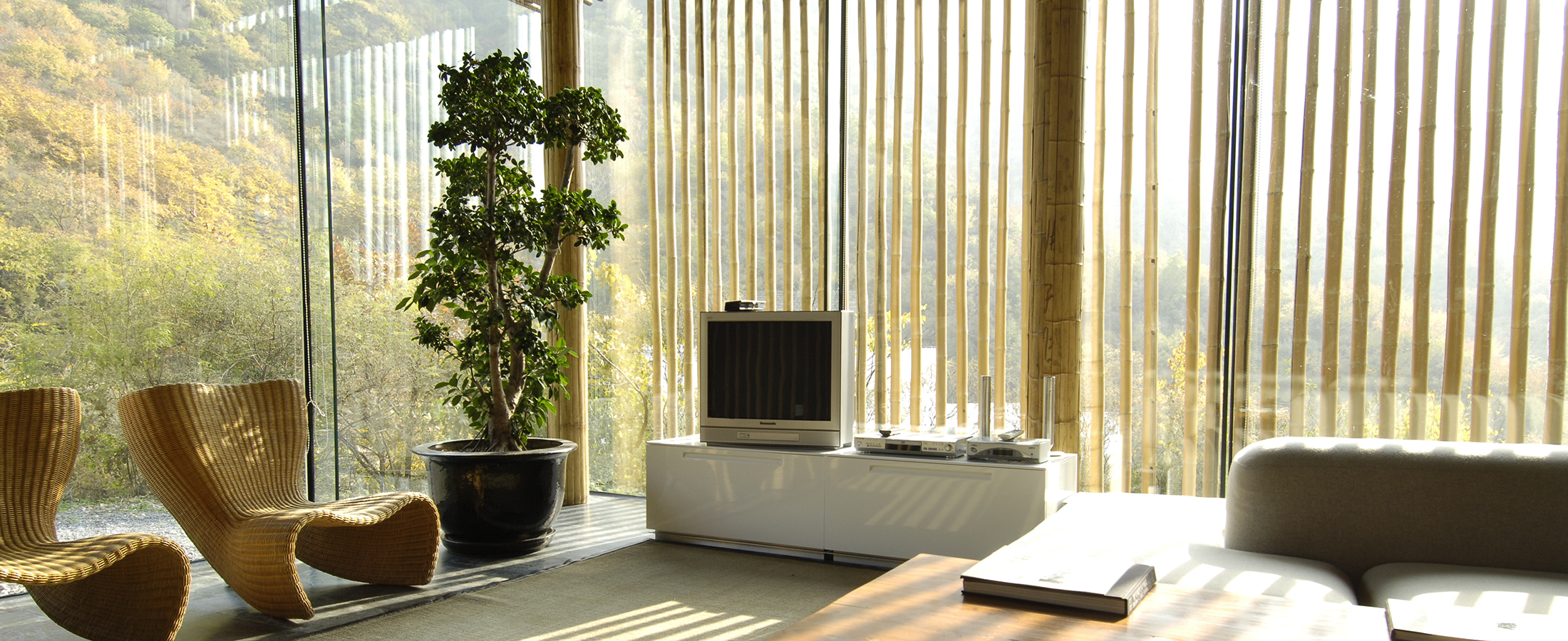In India, the early bamboo architecture laid the foundation of the dome-shaped Mughal constructions including the Taj Mahal. Recently, India has seen a swelling demand for use of bamboo in the construction industry, leading to better economic conditions especially in the rural areas. Also the dynamics of supply chain management would see a change with increasing opportunities for small players and start-ups.
Increasing Business Opportunities for Entrepreneurs
The paper and pulp industry consumes 35% of the bamboo grown in India followed by housing at 20%. The National Mission on Bamboo Technology and Trade Development has assessed the demand for its various applications as 27 million tonnes against the availability of 13.47 million tonnes. The size of existing bamboo economy is estimated as Rs.2043 Cr. as against the market potential of Rs.4463 Cr. The projected annual average growth rate of 15-20% it is expected to reach Rs.26000 Cr by 2015.
Entrepreneurs must exploit this opportunity and use this natural resource to meet the increasing need for housing and growing pressure on land.
Bamboo could substitute as the main load bearing element in construction
Field visits to the rural areas of Jharkhand reveal that Bamboo is primarily used as load distributors on roofs with timber as the main load bearing element. Due to the long gestation period of trees and growing concern for deforestation, availability of timber poses a threat. With the spurring of construction activities in the rural areas under Sarva Shiksha Abhiyan (SSA), Indira Awas Yojna and the likes, it is imperative that entrepreneurs at the grass-root level look into local materials to sustain such activities. Hence there is a need to investigate if bamboo could substitute as the main load bearing element.
Land degradation & acute shortage of bricks
Our interaction with Jharkhand Education Project Council (JEPC) officials also revealed that there is an acute shortage of bricks in the district of Ranchi itself so much so that the requirements of bricks for construction work under the Sarva Shiksha Abhiyan is becoming increasingly difficult to meet. Against a requirement of 2,79,78,200 bricks in a year, the total availability in the district is 2,76,00,000 bricks. Thus if we take into account the demand for SSA alone the shortfall is to the extent of 378200. One brick requires 0.0204 cubic metres of soil, totalling to a requirement of 570755 cubic metres per year to meet the requirements of SSA alone. This has implications in terms of land degradation too.
Addressing global warming
Growing concern over the impact of increasing Green House Gas (GHG) emissions on world climate has prompted the world community to address this pressing environmental problem, thus the Energy Building Code 2007, was introduced as one of the measures. Bamboo is not only the World’s fastest and the strongest growing woody plant but is also an enduring, versatile and highly renewable resource. Its adaptability to different climatic conditions makes it one of the most important species for mitigation of the climate change. It has been reported that ‘Phylostachys bambusoides’ in Kyoto, Japan, has a carbon sequestration potential of around 2 tonnes per hectare. Agro-forestry has been found to be the most cost effective method of addressing the carbon emission and consequent global warming issues. By going for shorter gestation period species like bamboo, can be used as an effective mitigation option through carbon sequestration.
An eco-friendly housing option
Bamboo construction is also an attractive business area as customers are showing interest in eco-friendly products and the government is also looking for substitutes of timber so that the forest cover is protected. National Mission on Bamboo Applications (NMBA) was set up with a budget outlay of Rs.100 crores in 2004. Its core aim is to promote bamboo based products. Using bamboo for housing purpose is an eco-friendly option. When bamboo is used in houses then the carbon remains locked in the bamboo till the duration of the structure. The lesser the processing, lesser the energy consumption. The use of bamboo parabolic arches as load bearing elements is thus a ‘green’ option for housing, a growing opportunity for green entrepreneurs!
About the author: Smita Chugh is a ‘Doctoral Research Student, Centre for Rural Development and Technology, Indian Institute of Technology, Delhi’.


